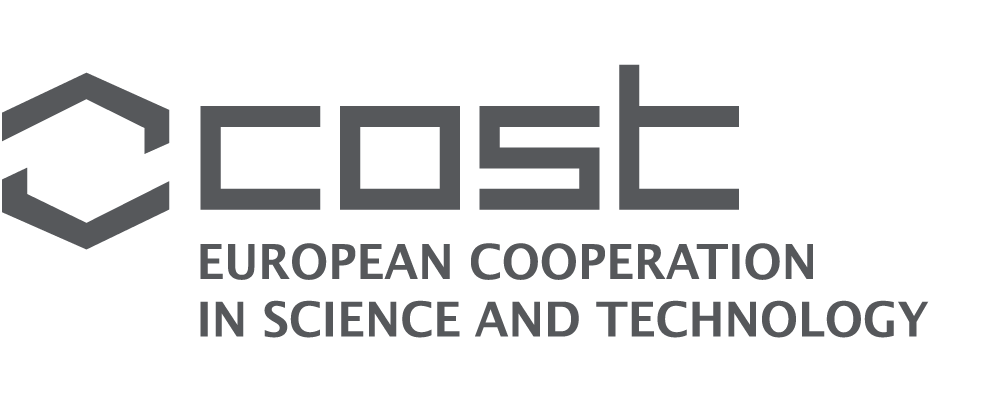The European Union (EU) has set an ambitious goal towards decarbonising energy production and achieving key climate change related objectives by 2030/2050. Photovoltaic (PV) solar cell (SC) technologies have already made significant progress and are on track towards meeting more than 5% of global energy demand by 2025. Moving forwards PV is recognized as one of the key renewable energy solutions to fulfil the climate targets. Crystalline silicon (c-Si) based cells are currently the dominant technology for terrestrial solar energy conversion due to their high efficiency (>20%), low cost (<0.5 $/W), and good reliability (~30 years). The first generation of thin film technologies, such as CdTe and Cu(In,Ga)Se2 (CIGS), have reached comparable efficiency to c-Si and have become industrially established. These thin film technologies maintain one substantial advantage, requiring ~100 times thinner absorber material and less energy to be used in the manufacturing process compared to Si (≥100 μm).
The benefits of these thin film devices have led to investigation of alternatives which may have improved properties. The EU Strategic Energy Technology Plan advocates that additional research and development on emerging PV is needed to diversify the portfolio of incumbent solar technologies. The emergence of new PV applications in the society requires the design of materials and devices with a different set of properties.
An emerging class of highly promising PV materials, currently under widespread investigation in the PV community, are inorganic chalcogenide compounds such as (Bi,Sb)2(S,Se)3, Se, SnS, Cu(Bi,Sb)S2, Cu2SnS3, as well as the highly stable, lead-free chalcogenide perovskites BaZrS3, SrZrS3 and related compounds and alloys. There are several noticeable features that make these emerging inorganic materials scientifically interesting and distinct from traditional thin-film technologies:
- Abundant non-toxic constituent elements
- Highly absorbing with controllable band gap
- Defect tolerant compounds
- Flexible device architecture
All the above advantages, together with the rapid development of device efficiencies show the tremendous potential of these emerging chalcogenide-related compounds.





